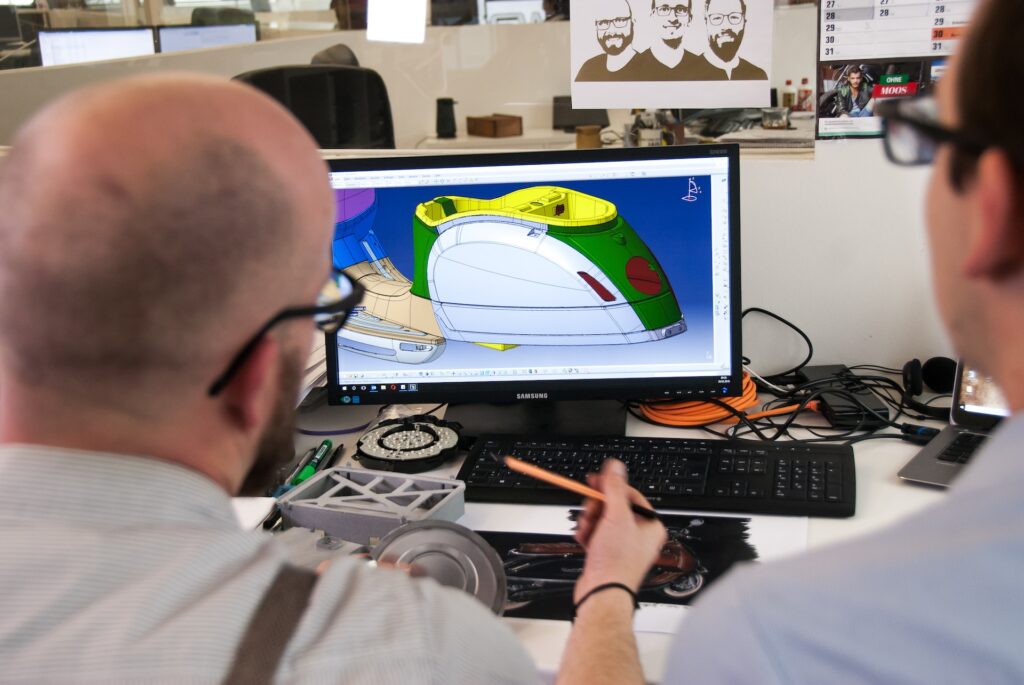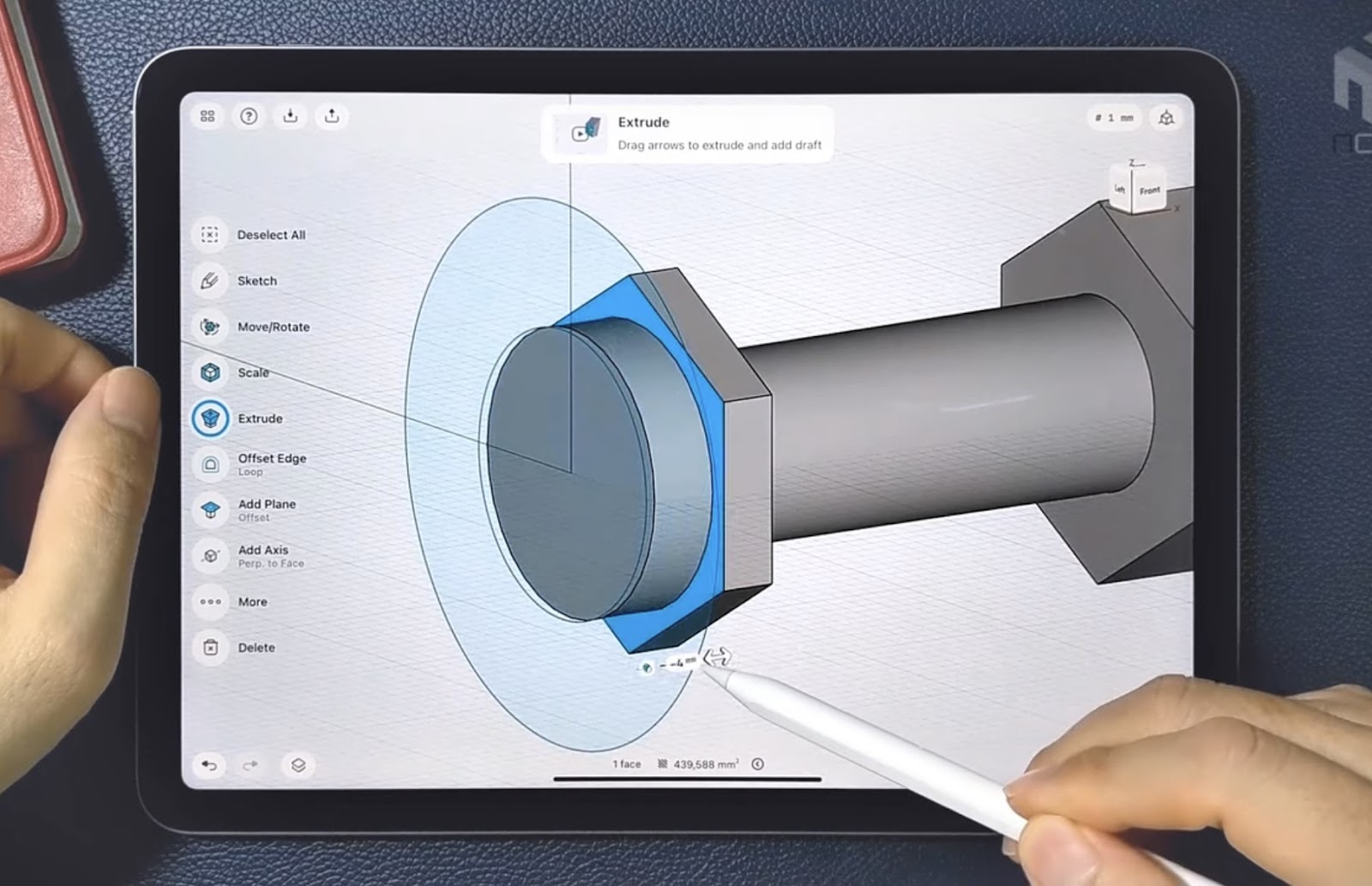In the realm of design and engineering, precision and accuracy have always been paramount. The advent of 3D modeling has significantly revolutionized how products are conceptualized, prototyped, and manufactured. One particular innovation that has been gaining momentum is the use of screw 3D models. These seemingly mundane components play a crucial role in various industries, and their integration into the realm of three-dimensional modeling has brought about a myriad of benefits.
The Evolution of Screw Design: From Conventional to 3D Models
Screws, a fundamental mechanical component, have undergone a remarkable transformation. Traditionally, designing screws was a meticulous and time-consuming process, often involving intricate calculations and manual sketches. With the introduction of computer-aided design (CAD), the design process became more streamlined, allowing engineers to create precise digital representations of screws.
However, the transition from 2D to 3D design marked a turning point. Screw 3D models enable designers to visualize the component from every angle, facilitating a deeper understanding of its structure and functionality. This immersive experience enhances the design process by uncovering potential flaws that might not have been apparent in traditional 2D sketches.
Unparalleled Precision and Customization
One of the most significant advantages of screw 3D models lies in the unparalleled precision they offer. Designers can meticulously craft each thread, contour, and groove, ensuring an exact fit and optimal performance. This level of precision is particularly valuable in industries where even the slightest deviation can lead to catastrophic consequences.
Furthermore, screw 3D models open doors to a new realm of customization. Manufacturers can tailor screws to meet the specific requirements of a project, whether it’s in terms of size, material, or functionality. This adaptability is a game-changer, especially in sectors where innovation and unique solutions are the driving force.
Efficiency and Iteration: Redefining the Design Process
The integration of screw 3D models into the design workflow has significantly boosted efficiency. In the past, prototyping a screw involved producing physical prototypes, which could be time-consuming and costly. With 3D models, designers can now create virtual prototypes that can be tested and refined digitally. This accelerates the iteration process, allowing for quicker design enhancements and reducing the time to market.
Moreover, collaboration among design teams has never been easier. Screw 3D models can be shared and reviewed in real time, regardless of geographical boundaries. This seamless exchange of information expedites decision-making processes and ensures that all stakeholders are on the same page.
A Greener Footprint: Sustainability in Design
The advantages of screw 3D models extend beyond efficiency and precision—they also contribute to a more sustainable approach to design and manufacturing. Traditional manufacturing processes often generate a substantial amount of waste material. In contrast, utilizing 3D models to prototype and manufacture screws minimizes material wastage, leading to a greener and more environmentally friendly production cycle.
Additionally, the ability to simulate and test screws virtually reduces the need for excessive physical prototypes. This not only conserves resources but also mitigates the carbon footprint associated with transportation and production.

Challenges and Future Prospects
While the adoption of screw 3D models presents numerous benefits, it’s important to acknowledge the challenges that come with this technology. Designers and engineers need to familiarize themselves with new software tools and techniques to harness the full potential of 3D modeling. Additionally, ensuring the accuracy of the 3D model representation in the physical product is crucial, requiring meticulous calibration and validation processes.
Looking ahead, the future prospects of screw 3D models are promising. As technology continues to advance, we can anticipate even more sophisticated modeling capabilities, real-time simulations, and integration with other emerging technologies such as artificial intelligence and augmented reality.
Conclusion
The integration of screw 3D models into the design and manufacturing landscape is reshaping the way we approach product development. The precision, efficiency, and customization offered by these models are revolutionizing industries ranging from aerospace and automotive to electronics and consumer goods. With sustainability in mind and a keen eye on future advancements, screw 3D models are undeniably at the forefront of modern design, propelling innovation and creativity to new heights.
